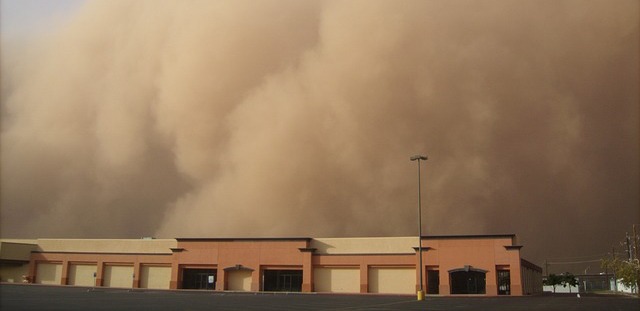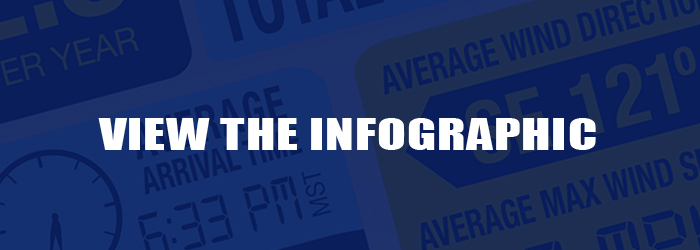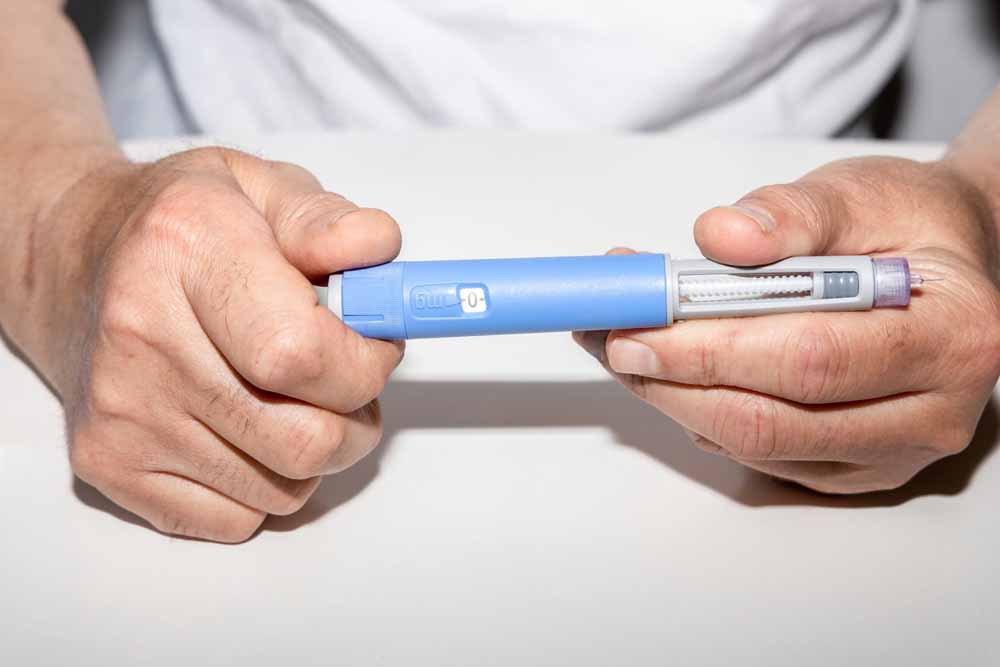Doug Zanes shares advice on surviving a dust storm. Giant dust storms, popularly called “haboobs,” make for spectacular photos that everyone has seen shared on social media. Dust storms – whether it’s a wall of dust hitting Phoenix or topsoil descending like fog on I-10 between Tucson and Casa Grande – are something to take seriously for Arizona drivers. With the number of dust storms steadily rising – a trend expected to continue due to Arizona’s continued drought – smart drivers will want to know how to protect themselves.
Particularly for winter visitors new to the desert, the speed and intensity of a dust storm can be a fatal surprise so surviving a dust storm is an important discussion to have. In our experience, it is most often the driver who’s killed in dust storms, not the front-seat passenger as with other accidents.
The main danger of dust storms is limited or zero visibility, sometimes in a matter of seconds. This makes it difficult for even skilled drivers to stay in their lane, or to see other vehicles.
Here are some tips when dust storms occur:
- Anytime there is a change in the weather, immediately cut down in-car distractions (loud music, conversation, snacking and especially texting).
- Check traffic all around your vehicle (front, back and to the side) and begin slowing down.
- Pull over as soon as possible – but go beyond the travel or emergency lane to a space that is completely off the paved road.
- Turn off all lights, including your emergency flashers. Drivers behind you may think these are lights from a moving vehicle.
- Set your emergency brake and take your foot off the brake.
- Stay in your car with seatbelts on (in case you’re hit) and wait for the storm to pass.
- Trucks and other high-profile vehicles are especially vulnerable. Slow down, and remember that storms can blow out traffic lights and other signals, adding to the danger.
- If you come to an intersection without a signal, treat it as having stop signs in all directions.
Dust Storm Averages in Central Arizona, 1948-2002
- Average number of dust storms – 2.8 per year. Total: 161
- Average arrival time – 6:33 p.m. MST, most commonly in late July/early August
- Average wind direction – Southeast (121 degrees)
- Average max wind speed – 43 mph
- Average visibility – ¼ of a mile





